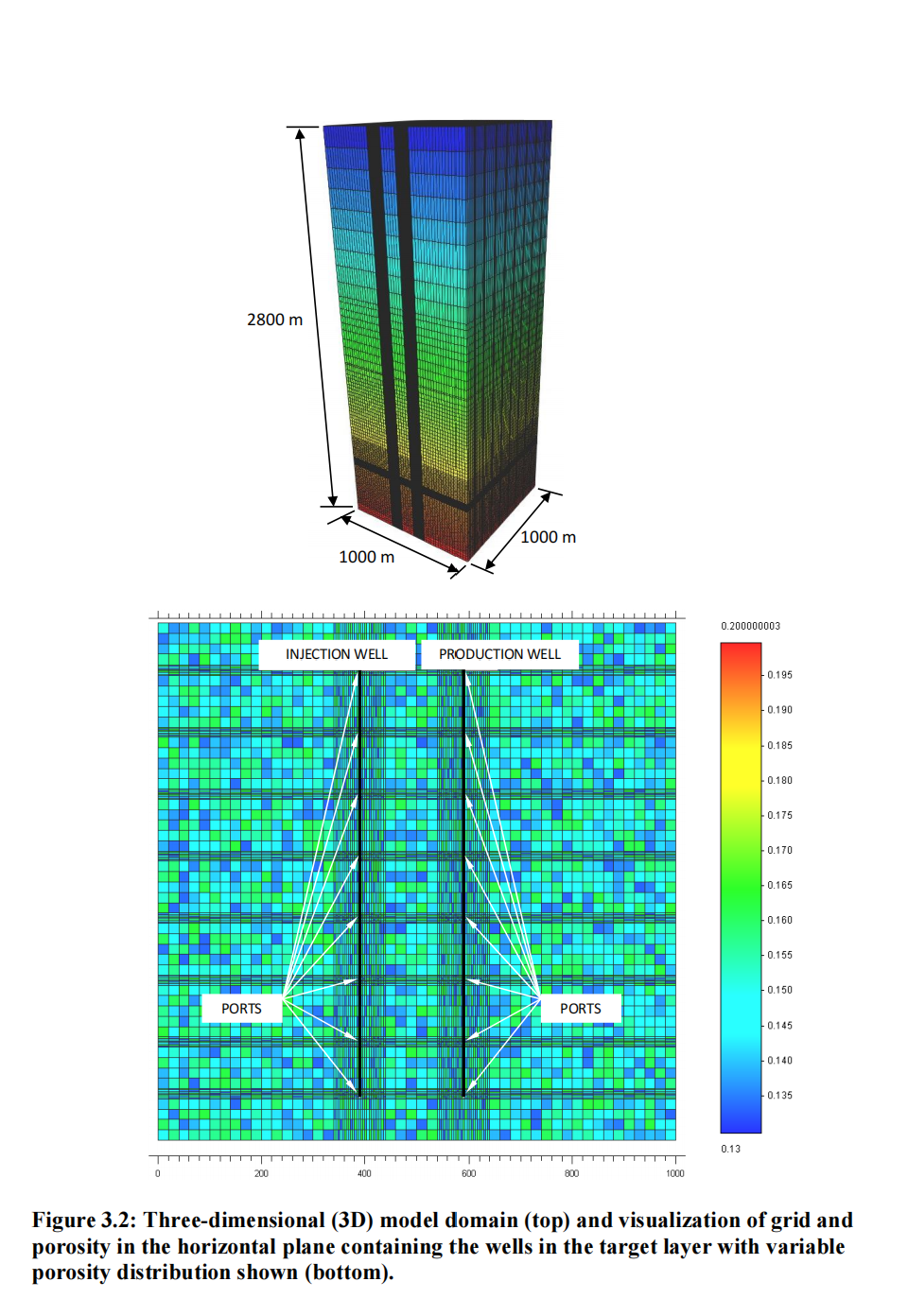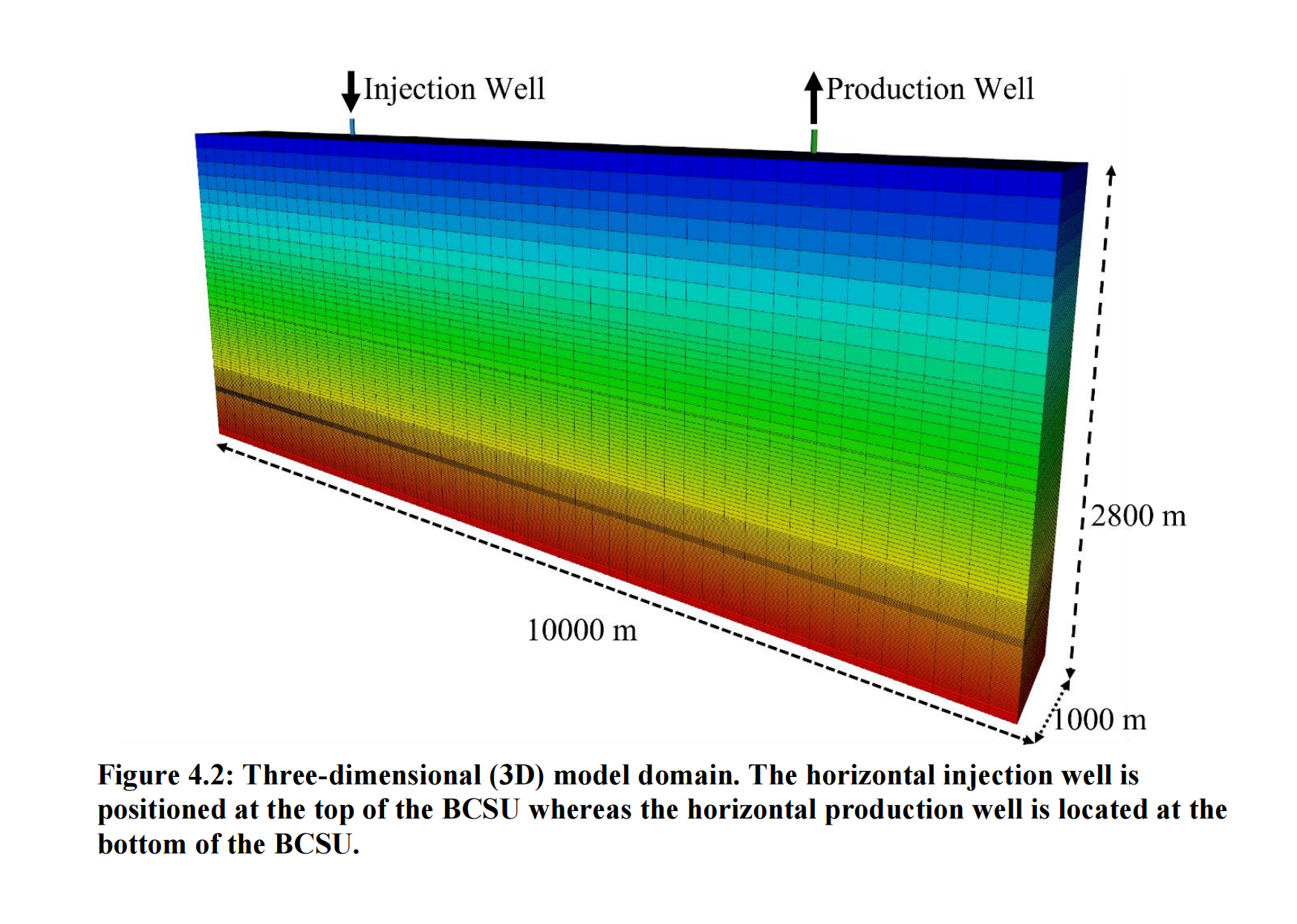Geothermal Energy and Carbon Dioxide Sequestration
Abstract
Under the climate change crisis evolving from excessive greenhouse gas emissions, society is seeking ways to answer the call to produce clean energy. Carbon capture, utilization, and storage (CCUS) and geothermal energy are two major options to reach carbon neutrality. The research documented here examined four ways to lower emissions. In the first study, an enhanced geothermal system (EGS) in the Basal Cambrian Sandstone Unit in Alberta, Canada is explored. The second study examines the potential to combine underground CO2 sequestration and geothermal energy harvesting. The third study explores CO2-Enhanced Gas Recovery (CO2- EGR) in an offshore natural gas field located in the South China Sea.
In the last study, the first China offshore CO2 sequestration operation in a shallow subsea feldspar-quartz sandstone formation is examined. The results demonstrate that open-loop EGS realizes an energy produced to energy invested ratio from 4 to 9 depending on operating rate and suggest that hydraulic fracturing accelerates energy harvesting and energy efficiency over the early process stages but the greater the injection rate, the smaller is the benefit of hydraulic fracturing. Second, combining both CO2 sequestration and geothermal operations is possible with commercial value and environmental benefits. Third, CO2-EGR demonstrates greater natural gas production together with CO2 sequestration and that there is potential that the process could be carbon neutral or negative. Fourth, offshore CO2 sequestration in a feldspar-quartz sandstone formation is possible and showcases that a dynamic behaviour occurs at the CO2 plume front where a relatively small amount of carbonate mineral precipitates which is subsequently dissolved when the acidified water in the plume passes the prior front location. The results showcase contributions for both CCUS and geothermal energy towards carbon emissions reduction.

EGS projects around the world (Pollack et al., 2020).
 Density and viscosity of carbon dioxide and methane (Oldenburg et al., 2001).
Density and viscosity of carbon dioxide and methane (Oldenburg et al., 2001).



